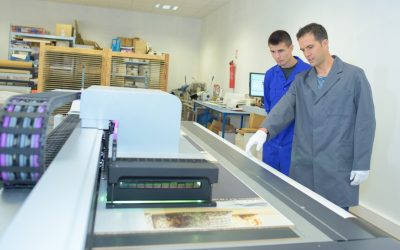If you want an imaging device that collections data from real-world objects and translates them into a 3D object virtually, you need a 3D scanner. Once you have scanned the item, you can change it and tweak it to make it your own and then print it using a 3D printer. They are used to create life-like animation and images for video games and movies, but they can also be used in prototyping, reverse engineering, industrial and architectural modelling, medical imaging and more. However, there are many available options, so it may help to learn about them before deciding which will be better for you.
Contact-Based
Contact-based scanners can work in various ways, but there are two primary options. The first has a control flatbed and a carriage system, so the object stays at rest, and the arms do the measuring. The other type uses articulated arms, where the measurements are calculated from the angle of the arms.
Optical Scanners
Optical scanners use lasers, stereoscopic cameras, photographic cameras or light and can require many sweeps or angles to be used.
Laser-Based
Laser-based options seem to be the most popular right now because they use eye-safe pulsing light and little power, which works in conjunction with the camera. The laser will pick out the target and the software that comes with the scanner will calculate how long it will take the laser to reflect from the target, which results in a 3D image of the item being scanned.
Non-Laser Based
Non-laser options can use structured or modulated light and can record the formation that a scanned object makes. Many medical professionals have tomographic scanners that provide a 3D scan image.
Commercial Handheld/Desktop
Commercial properties can have desktop or handheld devices. The four most popular brands include Fueld3D, Go!SCAN, Digitizer and NextEngine, though new brands are hitting the market almost daily. Most of the commercial products use a combination of the techniques mentioned above, and which create a more accurate and faster device.
Choosing Between Portable/Stationary
When considering scanners, you’ll want to determine whether a stationary (doesn’t move) or a portable version is best for you. Portable options mean that you can take them in the field or move them from area to area, but you may not be able to scan large items. Stationary versions cannot be easily moved and are meant to stay in one place.
If you are wondering what type of 3D scanner you need, you aren’t alone. Those who have decided to try these machines quickly realise there are many options.


